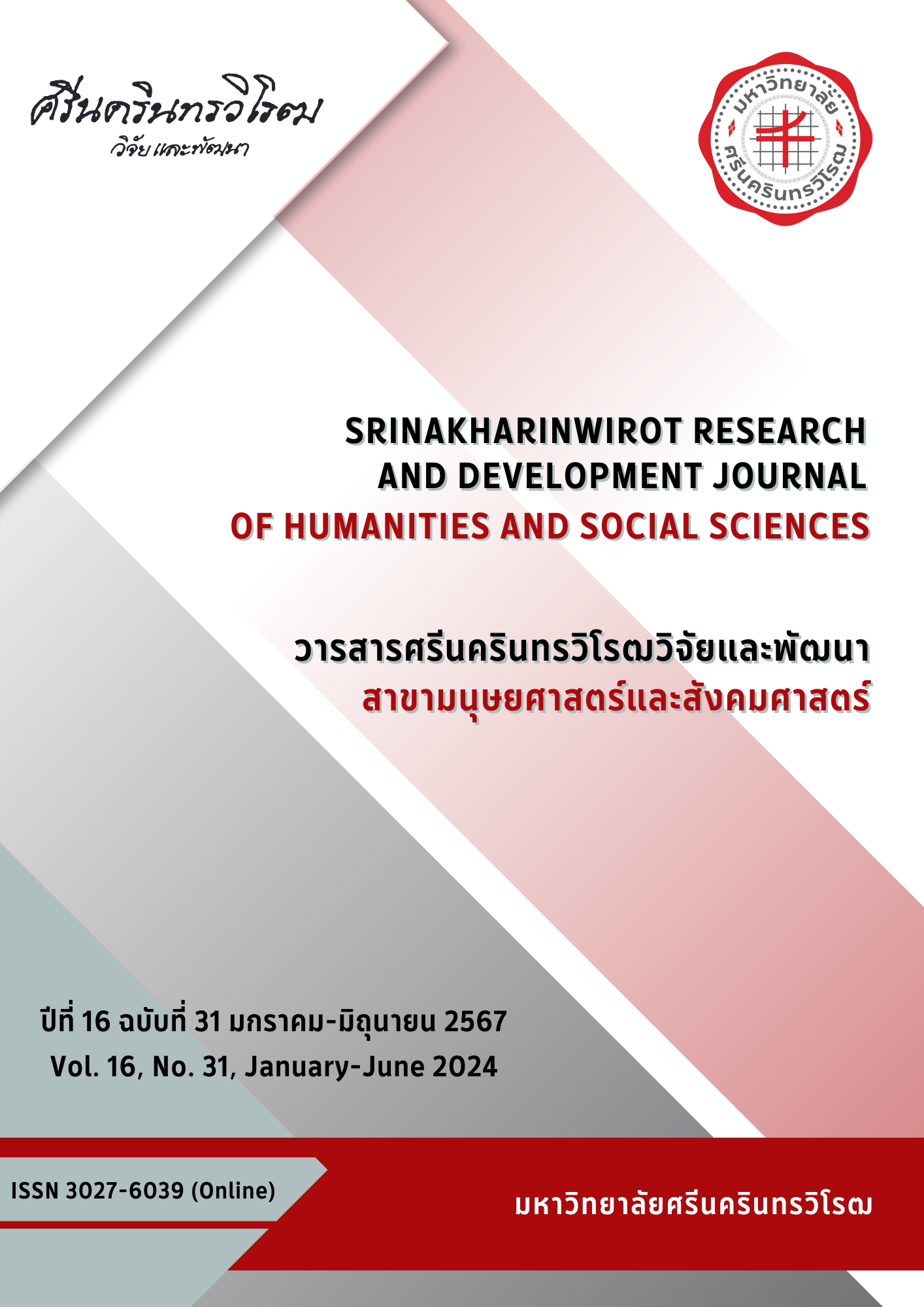MEMORIZATION-HELPING TOYS DESIGN PRODUCT FOR ELDERLY
Keywords:
Behavior, The Elderly, Memorization-Helping ToysAbstract
This study aims to design toy products that sharpen consumers’ minds for elders. The data were collected by face-to-face interviews with informants which were elders. After that, the data were descriptively analyzed and the analysis could be categorized into major topics and minor topics. Elders’ data then would be synthesized to correspond with the design. Guidelines for the design came from using behavioral information about changes in elders’ memories along with a method for memory enhancement in 5 areas: computation, organizing, connecting imagination or mental visualization, and mnemonic coding for the design. This led to development of memory-enhancing toys for elders which focused on entertaining play that helped rehabilitate the use of their brains and stimulated their senses. In addition, the toys should be easy to use for the senior group in order to enhance memory in these following aspects: 1. sensory nervous system, 2. enthusiasm for learning, 3. brain stimulation skills, and 4. mental and emotional conditions for learning. Results from elders’ participating in using the toy prototypes found that elders had developments and adaptations in intelligence, cognition, memory, and perception. They were interested and wanted to participate in activities. The evaluation of the memory-enhancing toy products had overall sentiment in a high level (average = 4.47). When categorized into points, it was found that computation was in a high level (average = 4.27), organizing was in the highest level (average = 4.6), connection was in the highest level (average = 4.7), imagination was in a high level (average = 4.4), and mnemonic coding was in the highest level (average = 4.6). Each toy has influence on elders, not just for providing entertainment, but each type of toys has different roles and play styles. Moreover, these toys con be used to connect with people when participating in activities.
Downloads
References
สำนักสถิติแห่งชาติ. (2564). สำรวจประชากรสูงอายุในประเทศไทย พ.ศ. 2564. สืบค้นเมื่อ 30 มีนาคม 2564, จาก http://www.nso.go.th/sites/2014/Pages
กรมกิจการผู้สูงอายุ. (2560). ยุทธศาสตร์ กรมกิจการผู้สูงอายุ 20 ปี พ.ศ. 2561 – 2580. สืบค้นเมื่อ 6 มิถุนายน 2563, จาก http://www.dop.go.th
สำนักสารนิเทศ สำนักงานปลัดกระทรวงสาธารณสุข. (2560). กรมการแพทย์แนะบันได 3 ขั้น บำรุงรักษา พัฒนาสมอง ห่างไกลสมอง เสื่อมอัลไซเมอร์. สืบค้นเมื่อ 24 มิถุนายน 2563, จาก http://pr.moph.go.th
สมาคมอุตสาหกรรมของเล่นไทย. (2562). Big Toys 61+ : 2019 วัยเก๋าเขาเล่นอะไร. สืบค้นเมื่อ 10 กันยายน 2563, จาก https://www.thaitoyandchildrenproduct.com
สำนักงานสถิติแห่งชาติ. (2550). รายงานการสำรวจประชากรสูงอายุในประเทศไทย. สืบค้นเมื่อ 10 กันยายน 2563, จาก http://www.nso.go.th
Kim, H., Sapre, V., and Yi-Luen Do, E. (2011). Games for Health: Design Cognition-focused Interventions to Enhance Mental Activity. HCI International 2011, C. Stephanidis (Ed.): HCII 2011, CCIS volume 174, pp. 420-424.
Jimison, H., and Pavel, M. (2006). Embedded Assessment Algorithms Homebased Cognitive Computer Game Exercises for Elders. In Proceedings of the 28th IEEE MBS Annual International New York City, USA, Aug 30-Sept 3, 2006.
วรากรณ์ จัตกุล. (2550). ผลของการฝึกความจำแบบการสร้างจินตภาพในผู้สูงวัย [วิทยานิพนธ์ปริญญามหาบัณฑิต ไม่ได้ตีพิมพ์]. จุฬาลงกรณ์มหาวิทยาลัย.
Downloads
Published
How to Cite
Issue
Section
License
Copyright (c) 2024 Srinakharinwirot Research and Development Journal of Humanities and Social Sciences

This work is licensed under a Creative Commons Attribution-NonCommercial-NoDerivatives 4.0 International License.
Srinakharinwirot Research and Development Journal of Humanities and Social Sciences is licensed Under a Creative Commons Attribution-NonCommercial-NoDerivs 4.0 International (CC-BY-NC-ND 4.0) License, Unless Otherwise Stated. Please Read Journal Policies Page for More Information on Open Access, Copyright and Permissions.



